Unlock Your Body’s Longevity Code with These 6 Science-Backed Foods (70+)

Feeling like your body’s aging faster than your spirit? Every year, energy dips, joints stiffen, and your immune defenses weaken—not because of age, but because of what’s missing on your plate.
Most people unknowingly eat foods that accelerate aging and rob the body of its natural repair power. You might think you’re eating “healthy,” but science says otherwise. Without the right nutrients, your cells can’t fight inflammation, your brain can’t stay sharp, and your muscles start to wither.
The good news? You can reverse much of this decline—starting with your fork. In this article, discover 6 powerful, science-backed foods that help activate your body’s natural longevity code. These aren’t trendy superfoods—they’re age-defying staples backed by real research and ideal for anyone 70+. Ready to nourish your body and reclaim vitality from the inside out? Let’s dive in.
1. The Cellular Clock – How These Foods Slow Down Aging at the DNA Level
Your telomeres—protective DNA caps that shorten with age—hold the key to cellular longevity. Foods rich in antioxidants like blueberries, pomegranates, and green tea contain compounds that activate sirtuins, often called “longevity genes,” which enhance DNA repair and slow telomere shortening.
Resveratrol from red grapes and curcumin from turmeric specifically trigger SIRT1 activation, promoting cellular housekeeping processes that remove damaged proteins and organelles. These foods essentially reprogram your cells to age more slowly by enhancing autophagy—your body’s natural cellular cleanup system. Research shows that people consuming high levels of these compounds maintain longer telomeres and exhibit slower biological aging markers. The polyphenols in these foods also protect against oxidative stress, which is a primary driver of cellular damage and aging.
Action Tips:
- Consume 1 cup of mixed berries daily – Fresh or frozen blueberries, blackberries, and raspberries provide optimal antioxidant diversity
- Drink 2-3 cups of green tea throughout the day – Space consumption to maintain steady polyphenol levels in your bloodstream
- Add 1 teaspoon of turmeric with black pepper to meals – Piperine in black pepper increases curcumin absorption by 2000%
2. Brain Preservation Powerhouses – Foods That Keep Your Mind Sharp After 70
The blood-brain barrier becomes more permeable with age, allowing inflammatory compounds to damage neurons, but certain foods contain molecules that cross this barrier to provide neuroprotection. Omega-3 fatty acids from wild-caught salmon and walnuts reduce brain inflammation while supporting the production of BDNF (brain-derived neurotrophic factor), which promotes new neural connections.

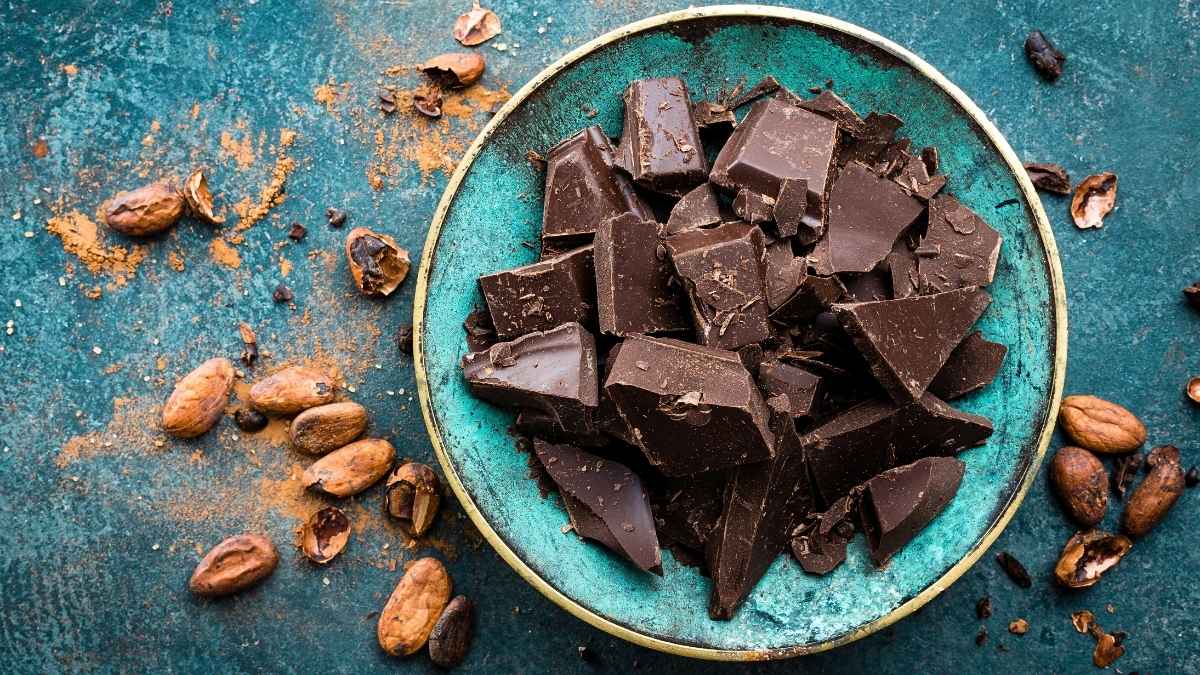
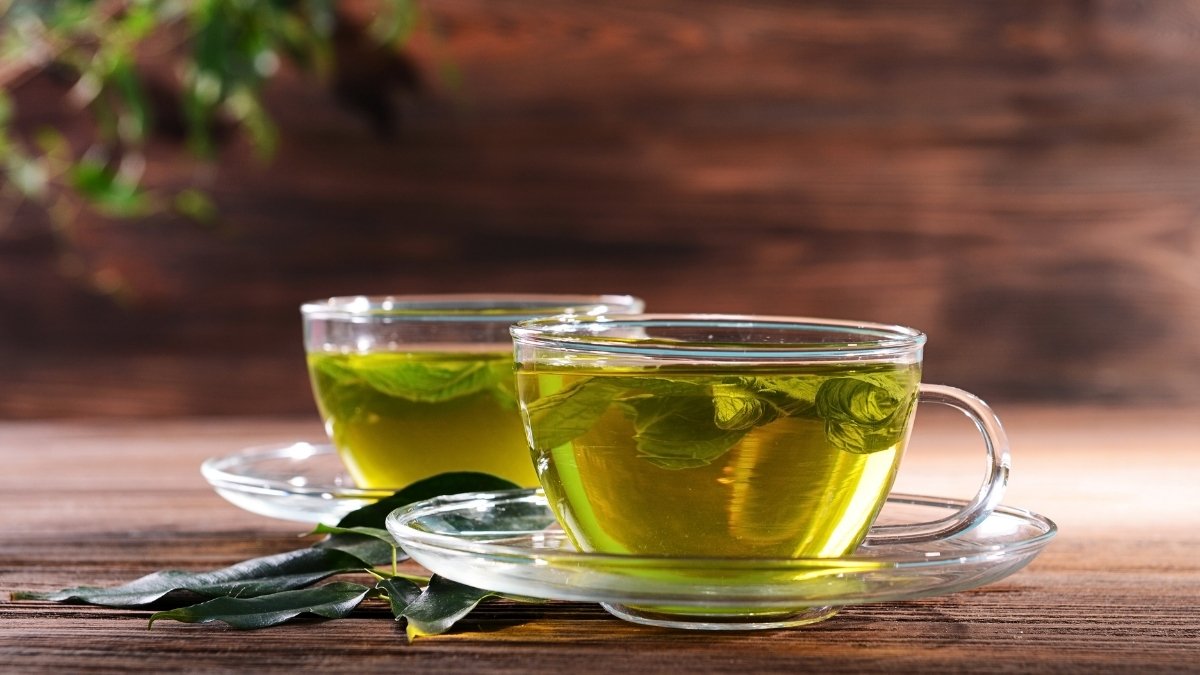
Dark chocolate with 70%+ cacao contains flavonoids that improve blood flow to the brain and enhance cognitive function within hours of consumption. Leafy greens like spinach and kale provide folate and vitamin K, which support neurotransmitter production and protect against age-related cognitive decline. Studies show that people following a Mediterranean-style diet rich in these foods have 40% lower risk of developing dementia. The anthocyanins in purple foods like eggplant and purple cabbage specifically target brain regions responsible for memory and learning.
Action Tips:
- Eat fatty fish 3 times per week – Prioritize wild-caught salmon, sardines, or mackerel for optimal omega-3 content
- Consume 1 ounce of dark chocolate (70%+ cacao) daily – Time consumption 2 hours before mentally demanding tasks for peak cognitive benefit
- Include 2 cups of leafy greens daily – Rotate between spinach, kale, arugula, and Swiss chard for nutrient diversity
3. The Inflammation Switch – Nature’s Most Potent Anti-Inflammatory Foods
Chronic inflammation, dubbed “inflammaging,” accelerates every aspect of aging by damaging tissues and organs throughout the body. Certain foods contain compounds that directly inhibit inflammatory pathways, particularly the NF-κB pathway responsible for producing inflammatory cytokines. Cherries contain anthocyanins that reduce C-reactive protein levels by up to 25% within hours of consumption.
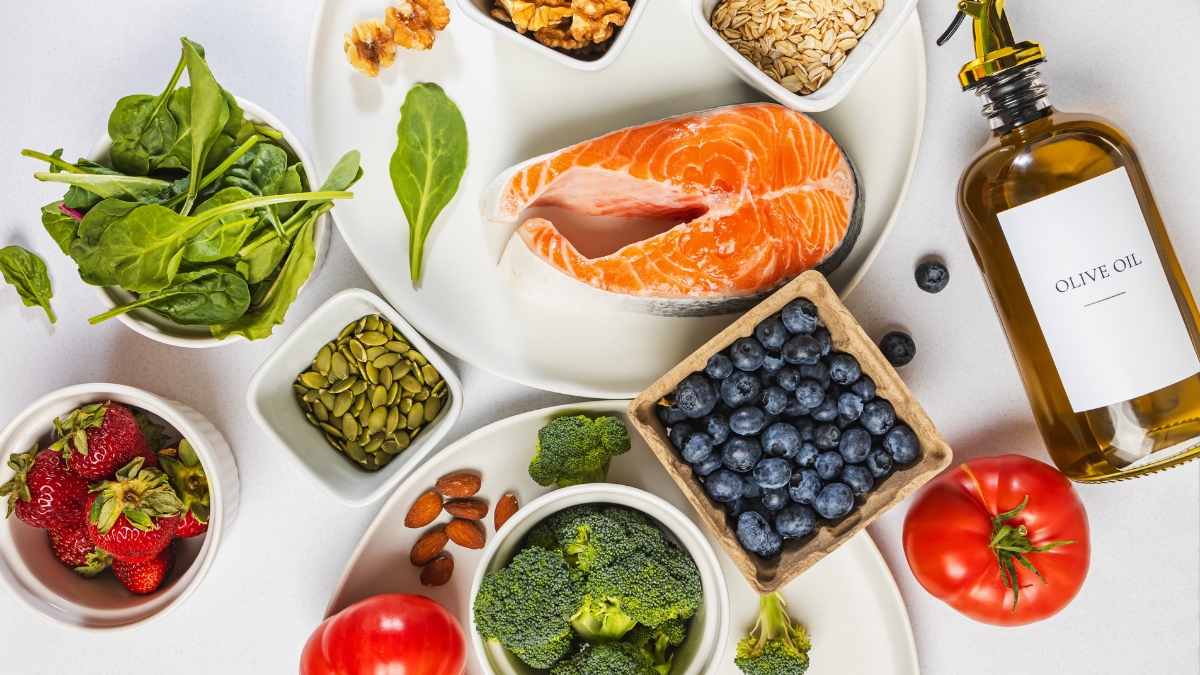
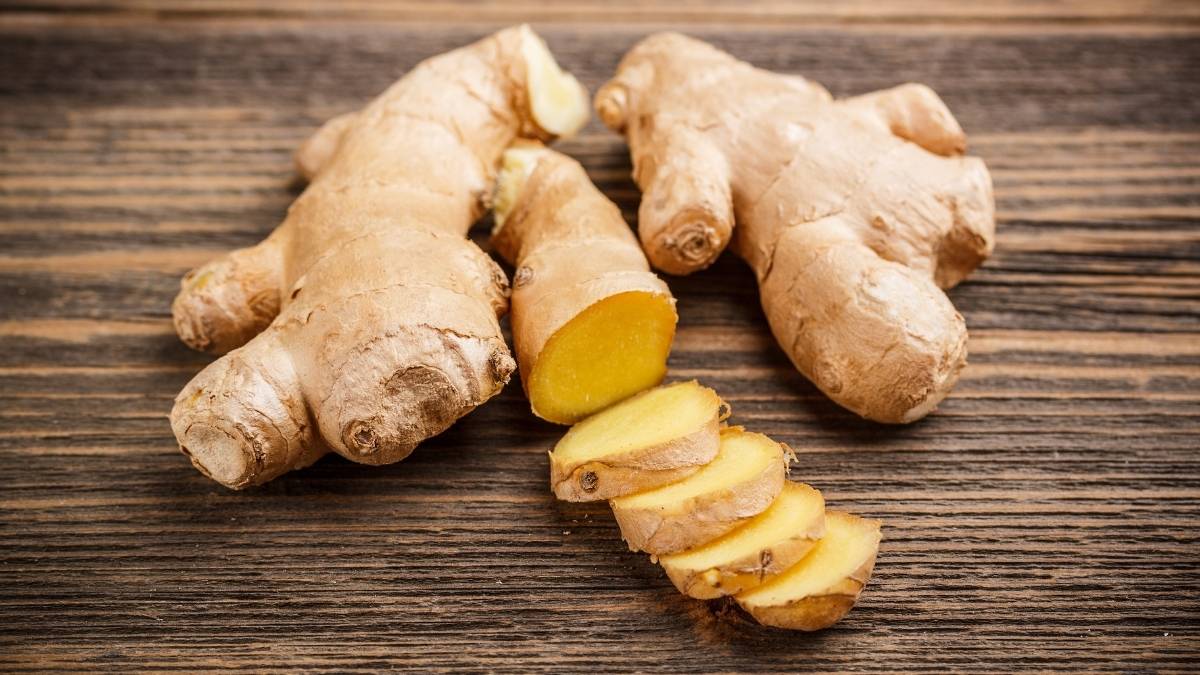
Ginger and turmeric block COX-2 enzymes more effectively than many pharmaceuticals, while olive oil’s oleocanthal compound provides anti-inflammatory effects similar to low-dose aspirin. Fatty fish rich in EPA and DHA produce specialized pro-resolving mediators (SPMs) that actively resolve inflammation rather than just suppressing it. These foods work synergistically to create a powerful anti-inflammatory environment that protects against age-related diseases like arthritis, cardiovascular disease, and neurodegenerative conditions.
Action Tips:
- Consume 1 cup of tart cherries or 2 tablespoons of cherry juice concentrate daily – Time consumption post-exercise for maximum anti-inflammatory benefit
- Use 2-3 tablespoons of extra virgin olive oil daily – Choose cold-pressed varieties and add to foods after cooking to preserve beneficial compounds
- Include fresh ginger root (1-inch piece) or 1 teaspoon ground ginger daily – Add to smoothies, teas, or stir-fries for consistent anti-inflammatory support
4. Metabolic Mastery – Foods That Reprogram Your Body’s Energy Systems
Your mitochondria—cellular powerhouses—decline in number and efficiency with age, but specific foods can reverse this process and enhance energy production. Coenzyme Q10 from organ meats and sardines directly supports mitochondrial electron transport, while PQQ (pyrroloquinoline quinone) from kiwi fruit and green peppers actually stimulates the growth of new mitochondria.
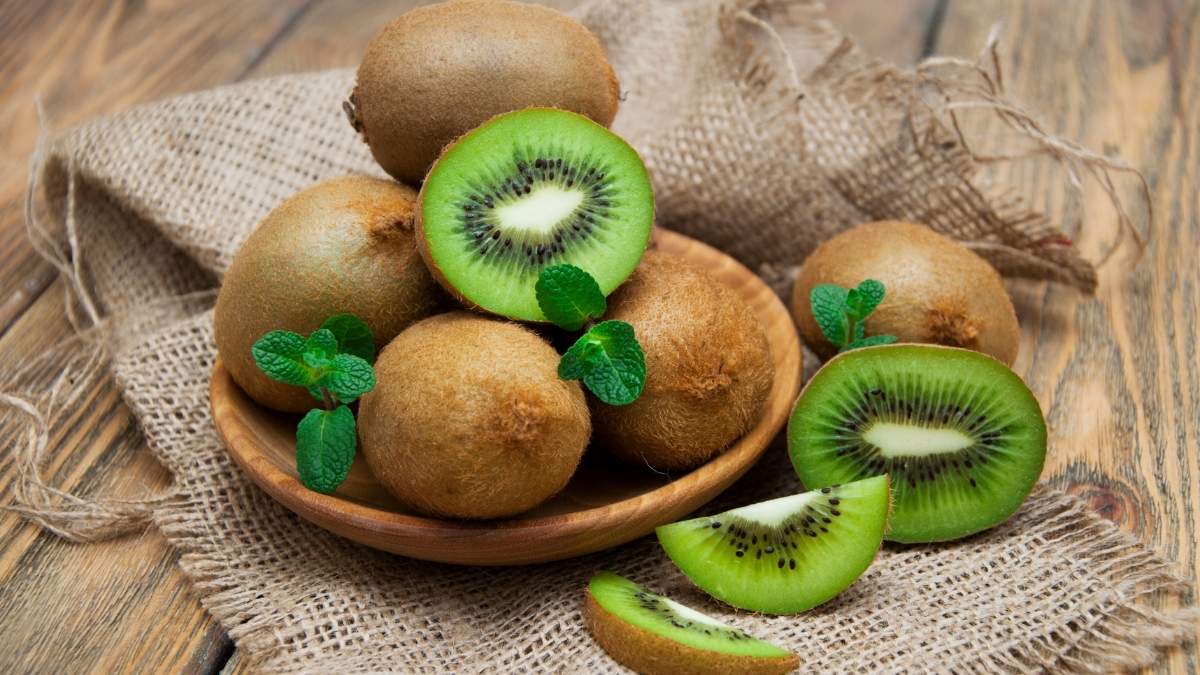
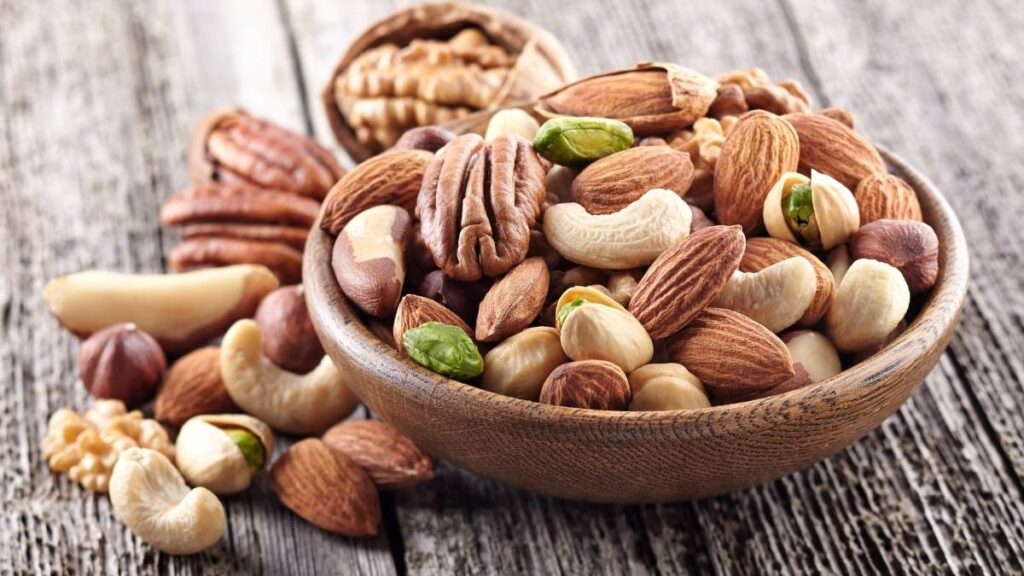
Berberine-containing foods like barberries improve insulin sensitivity and activate AMPK, the body’s master metabolic switch that enhances fat burning and glucose uptake. Chromium-rich foods like broccoli and whole grains optimize insulin function, while magnesium from leafy greens and nuts supports over 300 enzymatic reactions involved in energy metabolism. Research demonstrates that people with optimized mitochondrial function maintain higher energy levels, better body composition, and improved metabolic health well into their 80s and beyond.
Action Tips:
- Eat 1 kiwi fruit daily – Consume with the skin for maximum PQQ and fiber content to support mitochondrial biogenesis
- Include 1 cup of cruciferous vegetables daily – Rotate between broccoli, Brussels sprouts, and cauliflower for diverse metabolic compounds
- Consume 1 ounce of mixed nuts daily – Focus on almonds, walnuts, and Brazil nuts for optimal magnesium and healthy fat content
5. The Gut-Longevity Connection – Microbiome Foods for Extended Healthspan
Your gut microbiome produces over 90% of your body’s serotonin and generates short-chain fatty acids like butyrate that directly influence longevity pathways. Fermented foods like kefir, kimchi, and sauerkraut introduce beneficial Lactobacillus and Bifidobacterium strains that strengthen intestinal barrier function and reduce systemic inflammation.
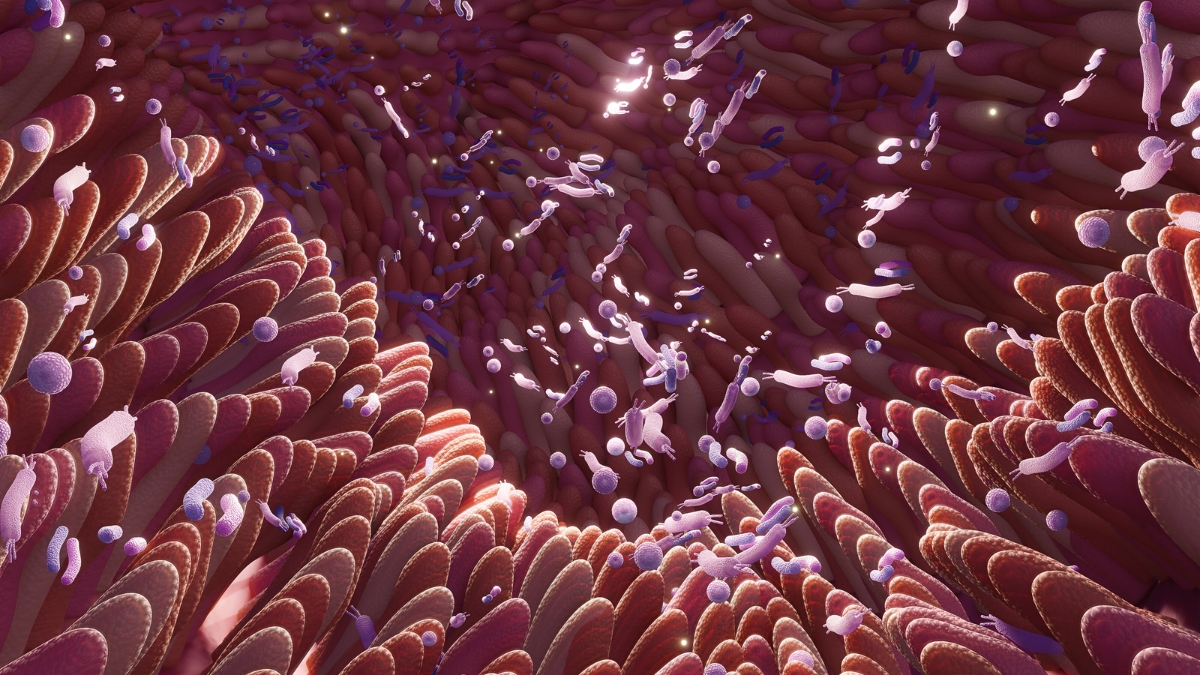
Prebiotic fibers from Jerusalem artichokes, garlic, and onions feed these beneficial bacteria, promoting the production of postbiotics that enhance immune function and support the gut-brain axis. Research shows that centenarians consistently have higher microbial diversity, with specific strains that produce longevity-promoting metabolites like urolithin A from pomegranate consumption.
Action Tips:
- Consume 1 serving of fermented foods daily – Rotate between kefir, yogurt, kimchi, and kombucha to maximize bacterial strain diversity
- Include 25-30 grams of prebiotic fiber daily – Focus on garlic, onions, leeks, and asparagus to feed beneficial gut bacteria
- Add 1 tablespoon of resistant starch daily – Use cooled potatoes, green bananas, or potato starch to promote butyrate production
6. Hormonal Harmony – Foods That Support Optimal Aging Hormones
Hormone production naturally declines after age 30, but specific nutrients can support optimal levels of growth hormone, testosterone, and thyroid hormones crucial for longevity. Zinc from oysters and pumpkin seeds supports testosterone production, while vitamin D from fatty fish enhances hormone receptor sensitivity.
Adaptogenic foods like maca root and ashwagandha help regulate cortisol levels, preventing the hormone imbalances that accelerate aging. Cruciferous vegetables contain indole-3-carbinol, which supports healthy estrogen metabolism and protects against hormone-sensitive cancers.
Action Tips:
- Eat zinc-rich foods 3-4 times weekly – Include oysters, beef, pumpkin seeds, or hemp hearts to maintain optimal testosterone levels
- Consume vitamin D-rich foods daily – Prioritize fatty fish, egg yolks, and mushrooms while ensuring adequate sun exposure
- Include adaptogenic herbs 2-3 times weekly – Add maca powder to smoothies or consume ashwagandha tea for cortisol regulation
7. The Practical Longevity Kitchen – Simple Daily Strategies to Maximize Benefits
Successful longevity nutrition requires strategic food combinations and timing to maximize nutrient absorption and biological impact. Pairing fat-soluble vitamins (A, D, E, K) with healthy fats increases absorption by up to 400%, while consuming polyphenol-rich foods away from iron sources prevents nutrient interference.
Meal timing matters—eating your largest meals earlier in the day aligns with circadian rhythms and optimizes metabolic function. Gentle cooking methods like steaming and low-temperature roasting preserve heat-sensitive compounds while making nutrients more bioavailable.
Action Tips:
- Combine turmeric with black pepper and fat – Mix with coconut oil or olive oil to increase curcumin absorption by 2000%
- Eat your largest meal before 2 PM – Align eating patterns with circadian rhythms for optimal hormone production and metabolism
- Prepare vegetables using gentle cooking methods – Steam for 3-5 minutes or roast at 350°F to preserve nutrients while improving digestibility
General Tips:
1. Eat the rainbow daily—consume at least 5 different colored fruits and vegetables to maximize antioxidant diversity and cellular protection.
2. Time your largest meal before 2 PM to align with your body’s natural circadian rhythms and optimize metabolic hormone production.
3. Combine healthy fats with every meal containing fat-soluble vitamins (A, D, E, K) to increase nutrient absorption by up to 400%.
4. Include one fermented food and one handful of nuts daily to support gut health and provide essential minerals for longevity pathways.
5. Prepare foods gently using steaming, low-temperature roasting, or raw consumption to preserve heat-sensitive longevity compounds like polyphenols and enzymes.
Final Thought:
The fountain of youth isn’t a mythical spring—it’s sitting in your kitchen right now, waiting to be unlocked through the strategic power of science-backed nutrition. These six categories of longevity foods don’t just add years to your life; they add life to your years by literally reprogramming your cells to age slower, think clearer, and function better than people decades younger.
While others search for expensive anti-aging treatments and miracle supplements, you now hold the keys to activate your body’s natural longevity code through foods that have sustained healthy centenarians for generations. The choice is yours: continue aging at the mercy of time, or take control of your biological destiny starting with your very next meal.
Your 80-year-old self is counting on the decisions you make today—and with these powerful foods as your allies, those golden years can truly shine brighter than ever before. The revolution in healthy aging doesn’t start in a laboratory; it starts on your plate.






